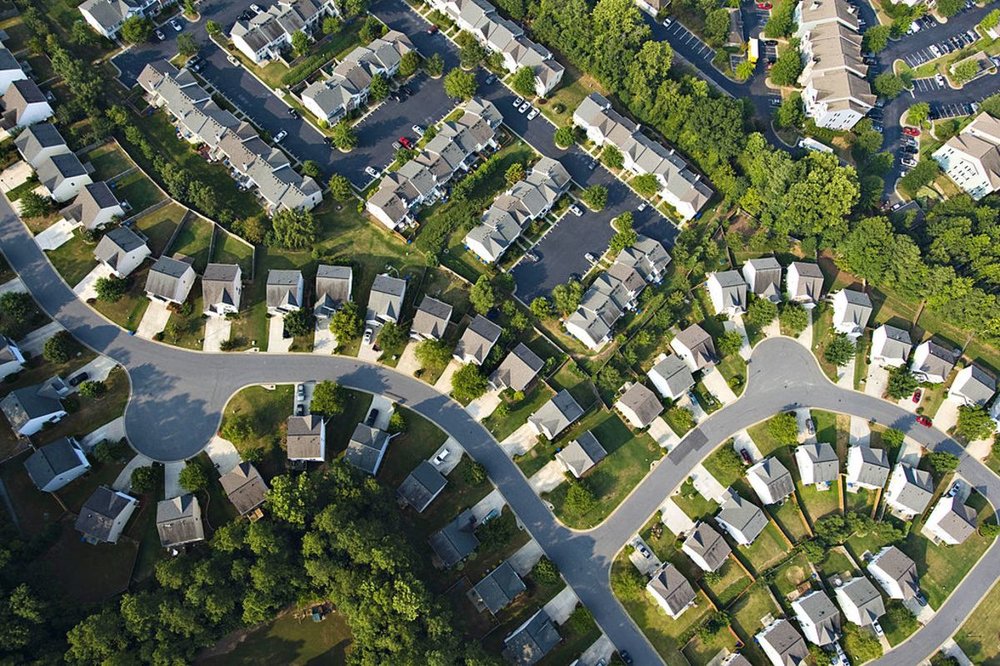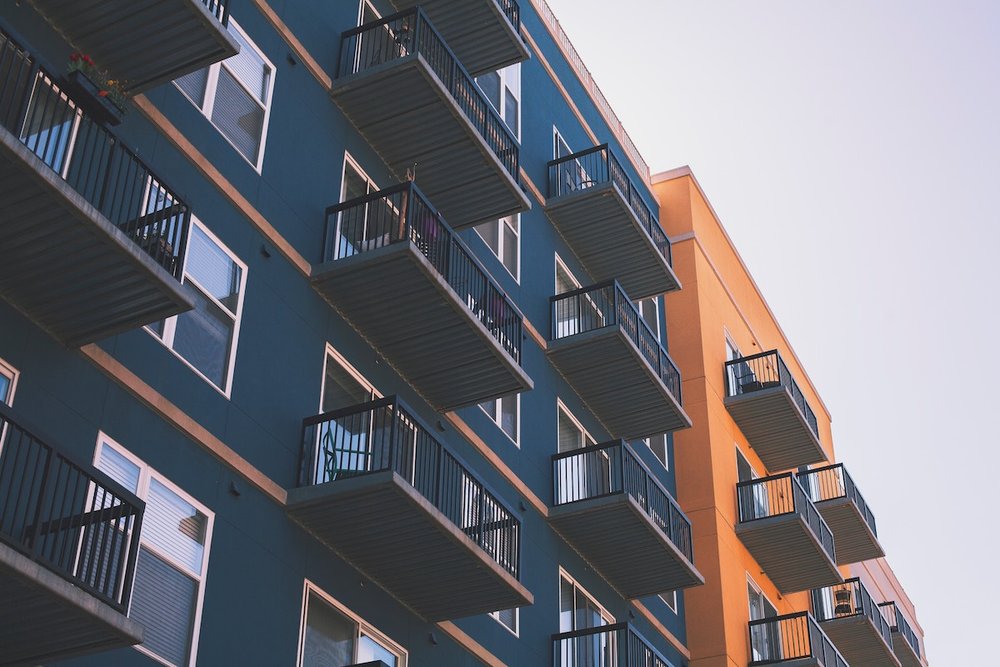The U.S. housing market is turning sour at an alarming rate, according to Redfin’s monthly index. Demand for homes has declined by 9.6 per cent in the month of June in comparison to last year, making it the biggest drop since April 2016.
Shortage of Buyers
The headwinds of rising mortgage interest rates, student loan debt and soaring home prices are starting to take a toll on potential homeowners.
For months, growing employment rate and strengthening economy have mitigated these unfavorable circumstances but now housing demand is turning stale as continuously growing interest rates and prices weaken home affordability.

According to Redfin’s monthly index, demand for homes has declined by 9.6 per cent in the month of June making it the biggest drop since April 2016
In just over a few short months, the housing market has gone from an intense bidding war to facing a serious shortage of buyers. Now with slow construction activity and falling home prices, the real estate environment is rapidly cooling down.
The weakness was inevitable considering the increase in pricing and rising mortgage rates which have scared away potential buyers. But what’s really surprising is how quickly the tables have turned, and the likelihoods indicate that the real estate landscape isn’t reverting back any time soon.
The housing market was booming until spring this year; buying and selling activity had increased by an impressive 20 per cent in comparison to previous year and construction companies were struggling to catch up with the rapidly growing demand.
Right up through the month of May, builders were picking up pace and increasing residential unit construction by 10 per cent, but household formation was still lagging considerably. Meanwhile, the real estate supply was steadily fueled by retiring baby boomers who were trading down their homes for smaller, more affordable units. Coupled with new building projects, the real estate supply remained high and pricing relatively steady.
Rising Prices and Interest Rates
Data from the National Association of Realtors shows that in the first few months of 2018, housing prices had inched up by just 7 per cent in the past two years. Mortgage interest rates were climbing, but only at a gradual pace.
This year’s first quarter only saw an increase of 25 basis points on average mortgage rates in comparison to 2017’s mid-year rates. The National Association of Realtors affordability index – a measure of mortgage affordability on an average home relative to family income – only fell by 2.5 per cent from the final quarter of 2016 to first quarter of 2018.
But, with supply slowing falling behind the demand, it was only a matter of time before the home prices increased. The change occurred gradually in the beginning of the second quarter but as demand picked up in spring, home prices saw a sharp upwards trend.
In May, prices had soared by 5 per cent from their levels last year – a significant increase for homebuyers who were already struggling against rising interest rates and student loan debt. In the same month, effective rates were hiked to 4.7 per cent, a move that further weakened affordability. Despite rising family incomes, the combined effect of rising mortgage rates and home prices reduced buying activity by 13 per cent in the period between January and May.

According to the Commerce Department, housing development projects have fallen by 12.3 per cent in the month of June
Demand Falls 9.6% in June
Reports began to emerge that the real estate markets were rapidly cooling down. Commerce Department data reported a 6 per cent decline in buying activity within the period between March and June. Redfin’s monthly report showed that housing demand in June had dropped 9.6 per cent in comparison to the same month last year, marking the biggest decline in the past two years.
Instead of boosting construction activity to increase supply and smooth out home prices, builders have cut back immediately in the midst of faltering demand, which has further exacerbated the upward price pressure. According to the Commerce Department, housing development projects have fallen by 12.3 per cent in the month of June. Redfin data also shows that the number of for-sale homes on the market has decreased by 3.8 per cent compared to last year.
There is very little reason for prices to decrease if housing supply continues to fall behind the demand. In addition, the Fed is committed to hike interest rates even more in the future which could continue to erode housing affordability, hence decreasing demand. The trend isn’t expected to slow down until the economy finds other factors that could strengthen demand and affordability.










